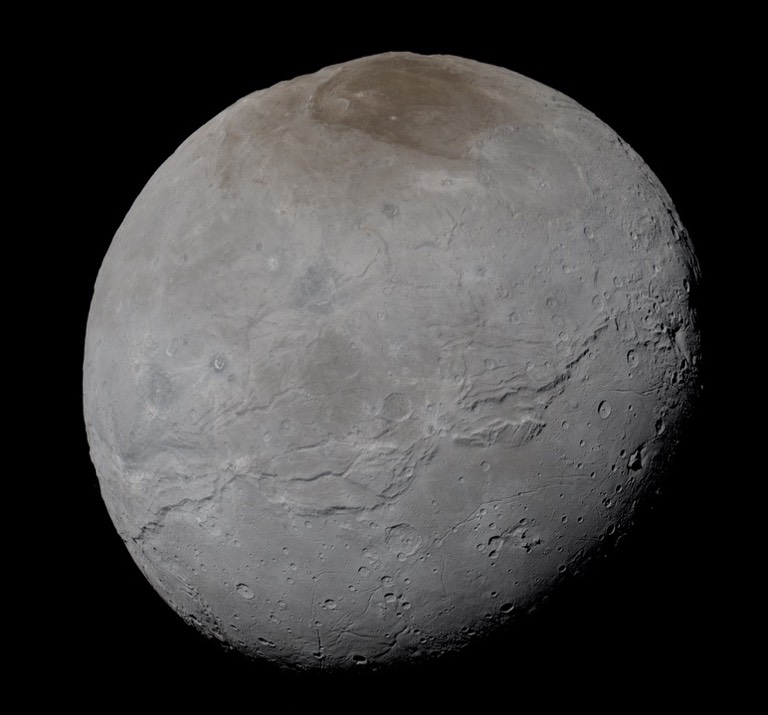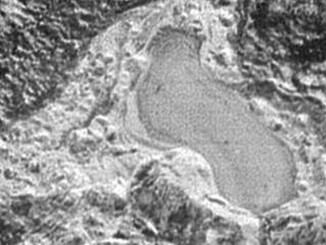Pluto and Charon, as an astronaut would see them
07/23/18

Marking the third anniversary of the New Horizons 14 July 2015 flyby of Pluto, mission scientists have produced the most accurate colour view yet of the dwarf planet and its large moon Charon, showing the two worlds as they would appear to an astronaut’s eyes.
The natural-colour images are based on improved calibration of data collected by the probe’s Multispectral Visible Imaging Camera, or MVIC, as New Horizons was approaching Pluto the day before its close encounter.
“That processing creates images that would approximate the colours that the human eye would perceive, bringing them closer to ‘true colour’ than the images released near the encounter,” said Alex Parker, a New Horizons science team co-investigator from Southwest Research Institute in Boulder, Colorado.
Special processing was required because the colour filters in the MVIC instrument do not closely match the wavelengths captured by the human eye. The resulting colours are more subdued than those in images released as the flyby was happening but they more closely match what a human would actually see from the same distance.

The colour-corrected Pluto image was captured at a range of 35,445 kilometres (22,025 miles) while Charon, about half the size of the dwarf planet, is seen at a distance of 74,176 kilometres (46,091 miles). Despite the relatively subdued colours, Pluto’s famous heart-shaped region, known as Sputnik Planitia, is clearly visible as is Charon’s dark north-polar region, known as Mordor Macula.
The New Horizons team is now busy making preparations for a 1 January 2019 flyby of a small Kuiper Belt object a billion miles beyond Pluto dubbed Ultima Thule. Long-range observations are expected to begin in mid August, and principal investigator Alan Stern can’t wait:
“Even as we celebrate the third anniversary of the historic exploration of the Pluto system, the most distant worlds ever explored, we’re looking forward to the far more distant and record-shattering exploration of Ultima Thule, just five months from now.”



